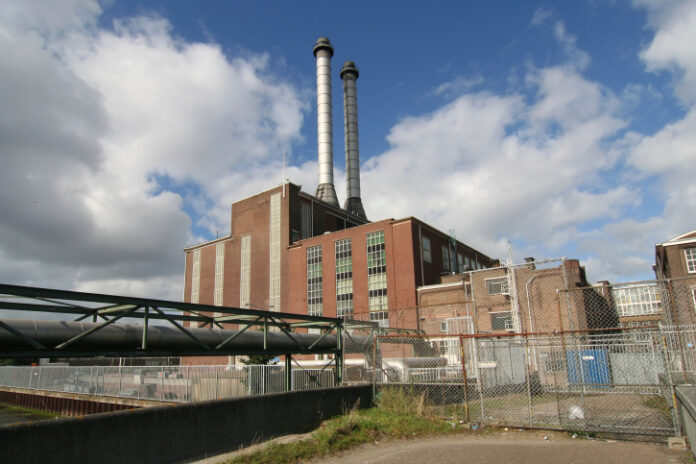Republicans and Democrats battle it out over whether the red model or the blue model is more likely to produce prosperity. Republicans tout Tennessee and Texas. Democrats cite Washington state and Massachusetts. But there is another economic dividing line that isn’t partisan or strategic. It’s a line based on geography.
Since Kevin Phillips coined the term “Sun Belt” in the late 1960s, it’s been widely known that population and job growth have largely flowed to the South and West. The rest of the country has not fared nearly as well. The area we might label the “Old North,” a 23-state region spanning the Great Plains, Midwest and Northeast, as well as some border states like Kentucky, has consistently lagged the rest of the country. In essence, half of our states have prospered, the other half have struggled. Statistically, only one Old North state, North Dakota, has done especially well. And North Dakota’s success has been driven by an oil boom. Aside from this likely temporary exception, most of the Old North is a middling performer at best.
Take population growth. Apart from North Dakota, the fastest-growing state in the entire region is Minnesota, which grew at a 7.6 percent rate during the 2010s. This is a mere 0.2 percentage points higher than the national average. And Minnesota’s population growth has been heavily driven by Somali refugee resettlement. Minnesota actually had net domestic outmigration during the last decade. In other words, excluding immigrants, more people left Minnesota than moved to it. A full 19 out of the 23 Old North states had net domestic outmigration. And seven of the bottom 10 states for population growth overall were in the Old North.
It’s similar for job growth, with Old North states largely trailing the national leaders, though this is related to the low population growth. It’s notable that New York and Massachusetts are among the job growth leaders in the Old North. While those states as a whole have vast underperforming regions, they are home to the only two Old North metropolitan areas that have truly transformed themselves for 21st-century success: New York City and Boston. In New York state, between the pre-Great Recession job peak in 2007 and the pre-pandemic job peak in 2019, 82 percent of the job growth took place in the five boroughs of New York City. There are other well-performing metropolitan areas in the Old North. A number of larger cities, state capitals and flagship college towns are doing well. But their success is not as complete as that of the Sun Belt boomtowns or elite coastal cities like New York City and Boston.
For example, the metro areas of Des Moines; Columbus, Ohio; and Indianapolis have done very well, posting strong population and job growth. However, their demographic draws are largely from their own state. About 90 percent of the net migration to the Indianapolis region, for example, comes from elsewhere in the state of Indiana. This is very different from Sun Belt boomtowns like Nashville or Raleigh, which draw relatively few of their newcomers from their home states, instead having a much wider, more national draw. In essence, the limited regional success that has taken place within the Old North results in part from the population of these states re-sorting itself into the limited number of places that are doing well. Even Chicago has consistently failed in its attempts to fully transform itself into a coastal-style elite global city.
The consistent struggles of Old North states to find a fully successful 21st-century model seems to belie differences in demographic makeup, urban vs. rural dominance, or political party control. Vermont may lean more socialist and New Hampshire more libertarian, but they suffer similar challenges in luring new residents. Deep blue Illinois and deep red Indiana are a lot more alike than leaders in either state would like to admit.
But here’s an answer to the puzzle:
As economist Edward Glaeser and others have noted, one of the biggest correlates of population growth since 1960 has been average January temperature. It’s the warmer places that have been doing best. Winter doesn’t care whether or not a state elects Republicans or Democrats. This simple reality should give pause to anyone claiming that policy changes can easily bend the growth curve in a given state. I’ll admit to being as guilty of this assumption as anyone at times.
Fortunately for the cold weather part of the country, we’ve lately started to see real growth in some colder mountain West states like Idaho and Montana. While these states aren’t part of the Old North, they could be a reason for the Old North region to hope that frigid winters may no longer be a barrier to growth. No trend lasts forever. Eventually, fortunes may shift and the Old North find its way back into favor again.











